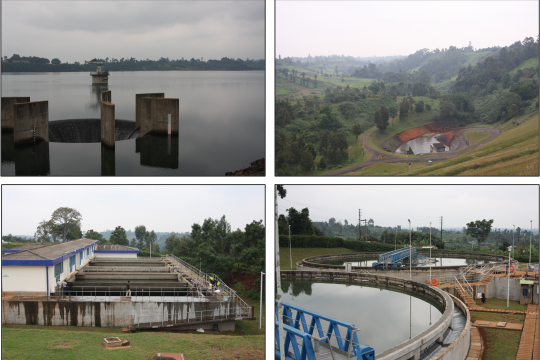Providing water and sewer services is extremely capital-intensive. Yet tariffs are often too low to recover operations, maintenance costs, capital replacement, and expansion. This study shows how much more people are willing to pay if provided with the right information.
Abstract
Providing piped water and sewer services is extremely capital-intensive, yet most of this infrastructure is buried and hidden from citizens and ratepayers. Roman emperors built elaborate public fountains to increase the salience of massive infrastructure investments to the public, yet modern households give scarce thought to the water network that serves them. At the same time, tariffs are often too low to recover operations and maintenance costs, let alone capital replacement and system expansion. We use a field experiment to investigate whether providing 353 households in Nairobi, Kenya with information about the water infrastructure that serves them changes their perceptions of water and sewer bills. Compared to a control group, we find that providing households with verbal and visual information (in person) about the capital intensity of water service delivery in Nairobi increased their perceptions of “fair” water bills by 15%–24% above the control mean of 404 KSH/mo.
Key Points
-
Water supply is capital intensive but the infrastructure is out of public view
-
The public's lack of knowledge about infrastructure may undermine support for price increases
-
People who were provided information about local water infrastructure reported 15%–24% higher “fair” prices for water



